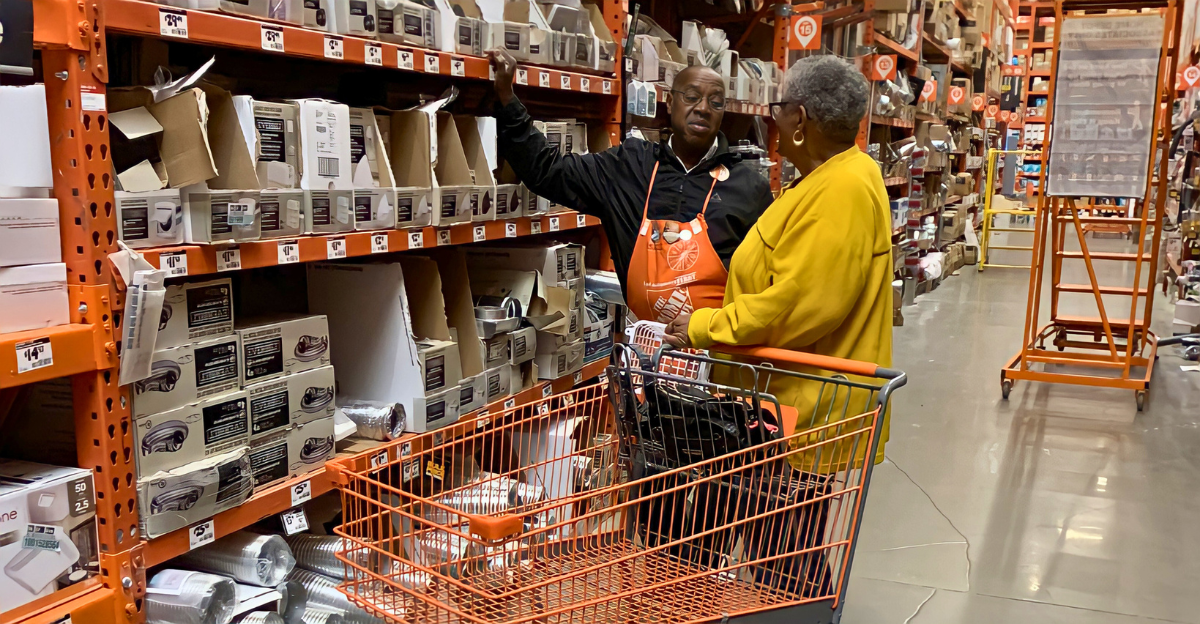
In recent years, a significant shift has transpired in how American shoppers interact with two of the largest home improvement chains: Home Depot and Lowe’s. Traditionally known for their generous return policies, customers now navigate a more restrictive landscape.
As reports of rejected returns flood community boards and consumer hotlines, individuals are taken aback by the sudden transformation in return rules. One customer from Dallas shared his frustration, stating, “I tried to return a refrigerator two days after delivery, and the store told me the window had closed.” This marked change raises an urgent question: how have these retail giants quietly reshaped the appliance shopping experience?
Unpacking the New Return Rules
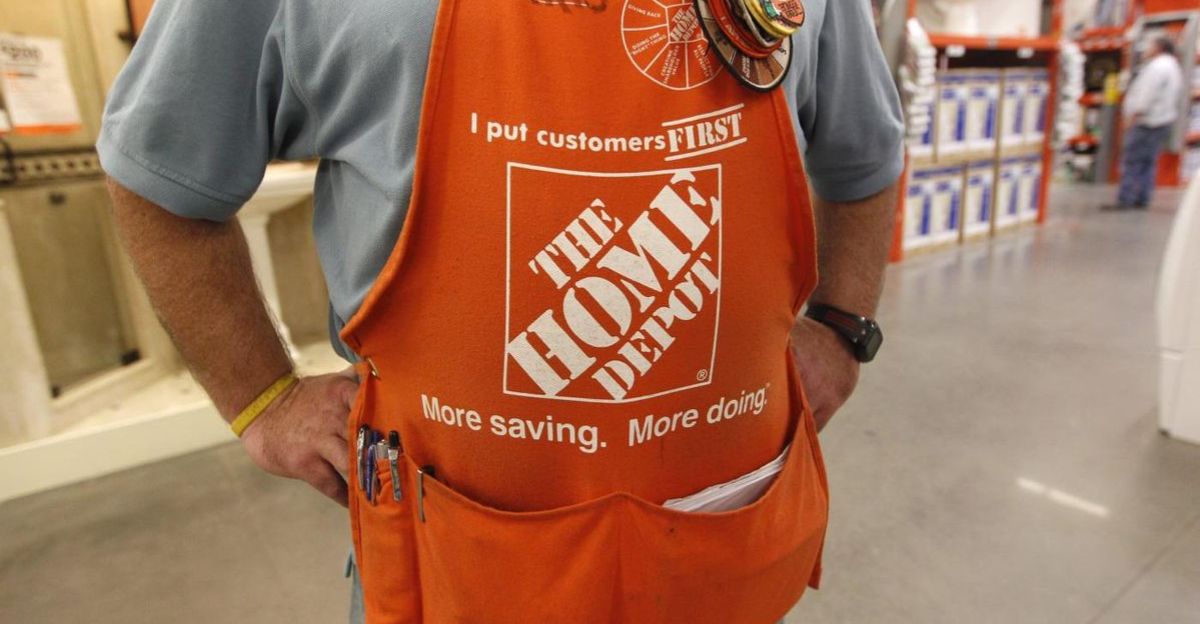
What has prompted this sweeping change in return policies? In 2024 alone, Home Depot and Lowe’s processed thousands of appliance returns weekly, with industry filings revealing that returns in the sector can reach an astonishing $400 billion annually.
Retailers point to escalating operational costs and the misuse of lax return policies as driving forces behind the tightening of these rules. By July 2025, both companies confirmed that appliances must be returned within 48 hours of delivery or pickup, marking one of the strictest timelines in national retail. For shoppers, this introduces a challenging new normal.
The Evolution of Industry Standards
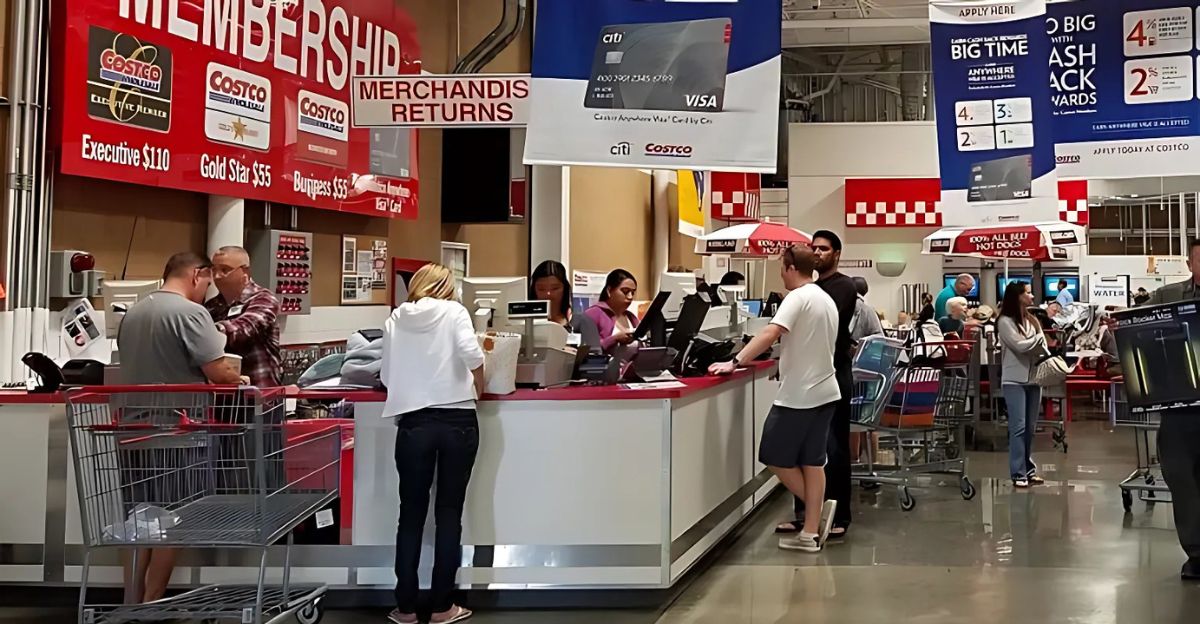
Historically, home improvement retailers weren’t always stringent. Major players allowed customers to return appliances within a generous 90-day window, akin to policies at other retail favorites like Costco and Best Buy. These lengthy return periods fostered customer loyalty and built trust in the brands.
However, as the pandemic and subsequent recovery period unfolded, record levels of appliance returns began eroding profit margins, forcing a reconsideration of these long-standing practices. This rapid shift is rarely discussed, leaving shoppers unaware of the new realities they now face.
Pressure Mounts on Retailers
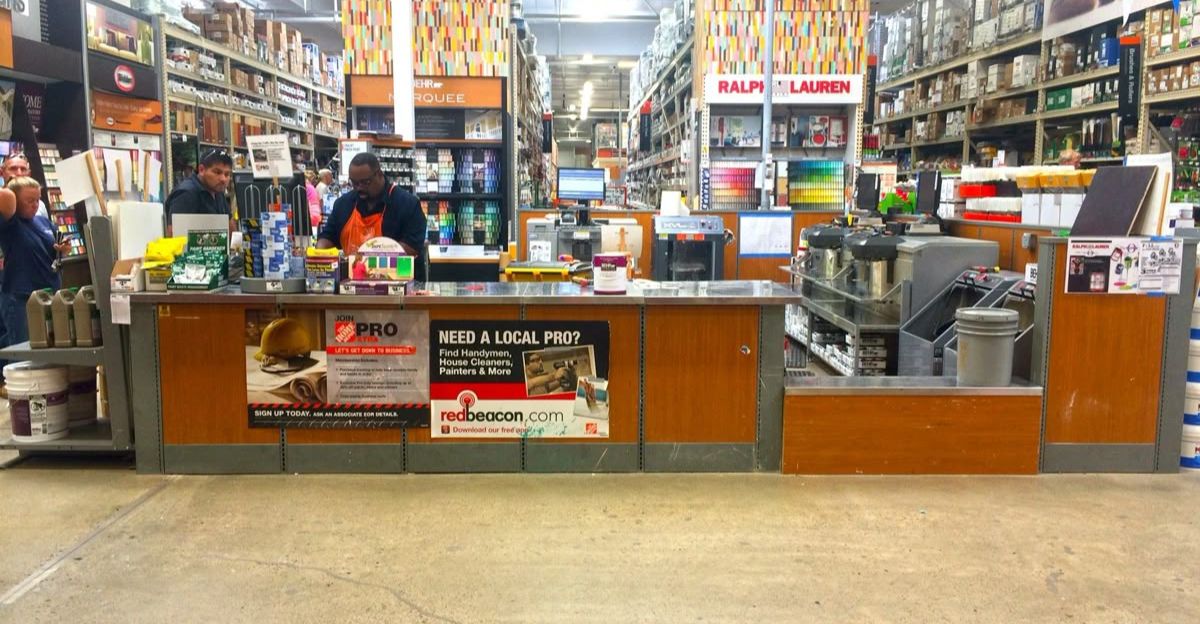
As return rates soared, retailers were squeezed from multiple angles. Reports highlighted appliance return fraud and soaring warehousing costs as critical issues affecting the bottom line. Since 2020, annual U.S. appliance return losses have doubled, leading executives to describe their situation as a “no-choice” scenario they must adapt to or risk diminishing profits.
The supply chain disruptions, product shortages, and rising climate concerns compounded the urgency for change. As we approach mid-2025, this challenging climate has set the stage for a dramatic policy overhaul.
The 48-Hour Return Deadline
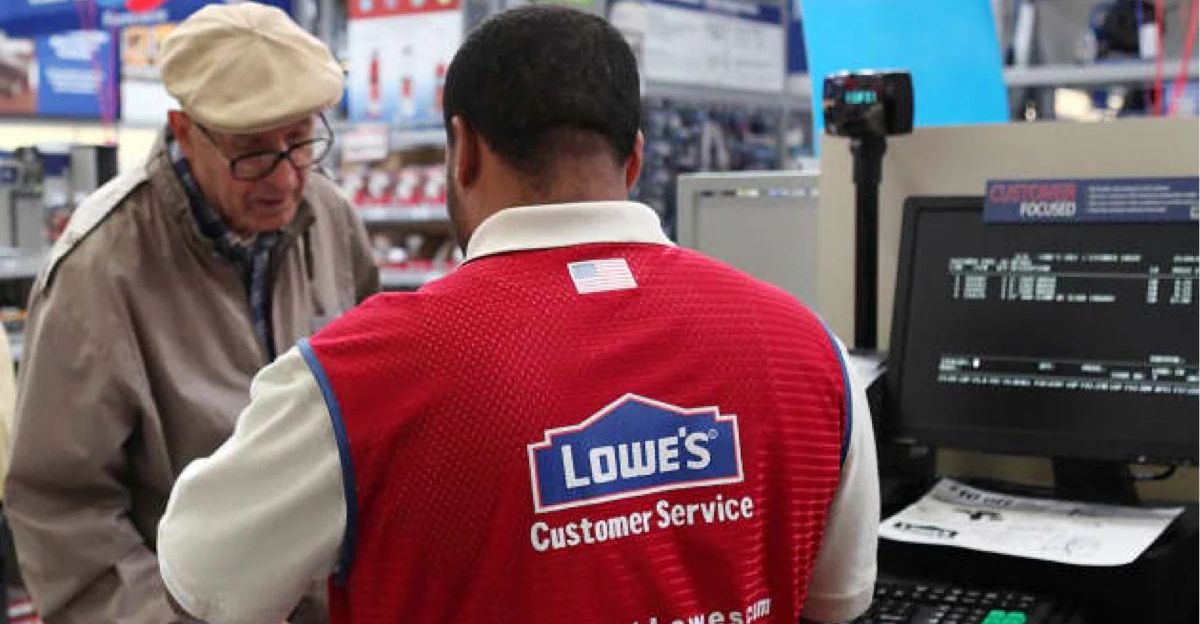
The heart of this transformation lies in the new 48-hour return requirement. Effective summer 2025, Home Depot and Lowe’s mandate that major appliances must be returned within 48 hours of delivery or pickup. Failing to meet this deadline results in customers being directed to navigate the manufacturer’s warranty process, which tends to be lengthy and inflexible.
This policy applies to various products, including refrigerators, dishwashers, and laundry machines. As a Home Depot spokesperson noted, “We want to make sure our policies are clear and consistent,” yet many shoppers are still caught off guard.
Nationwide Impact
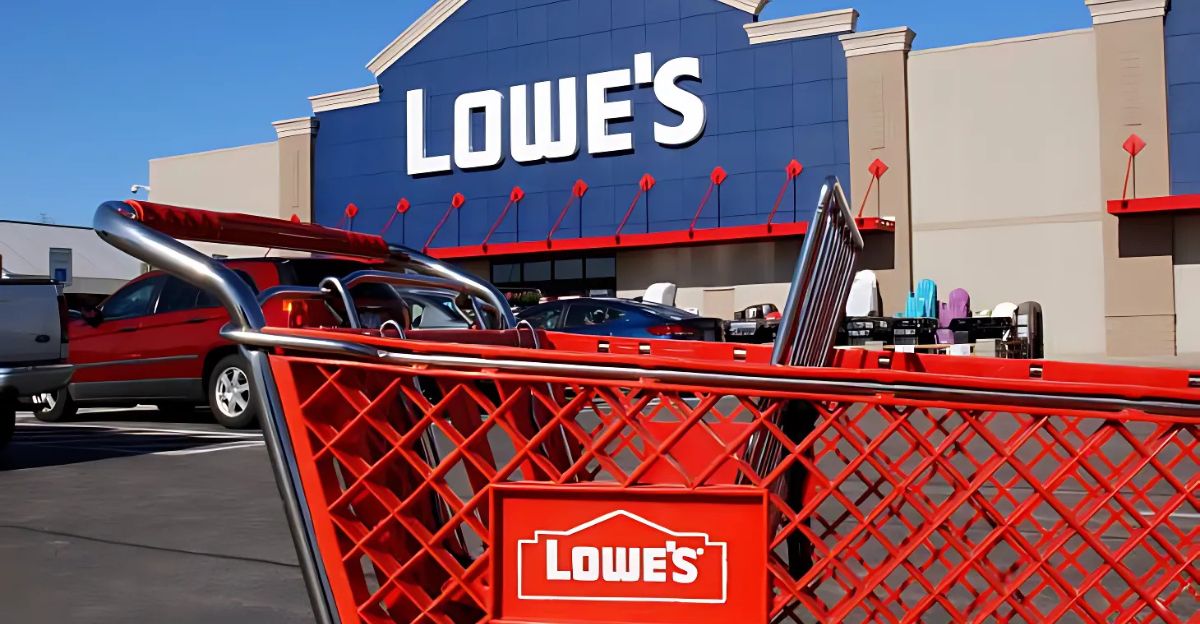
The ramifications of these new rules are being felt across the United States. With Home Depot and Lowe’s operating more than 4,000 combined stores in all 50 states, this return policy is practically ubiquitous nationwide. Reports of frustrated customers have emerged from Illinois to California, underscoring a common confusion surrounding the new timeframes.
A missed two-day return window can translate into unnecessary delays and disruptions for homebuyers and renovators under tight deadlines. This widespread policy shift has prompted shoppers to reconsider where and how they purchase essential home items.
Real Stories from Frustrated Customers
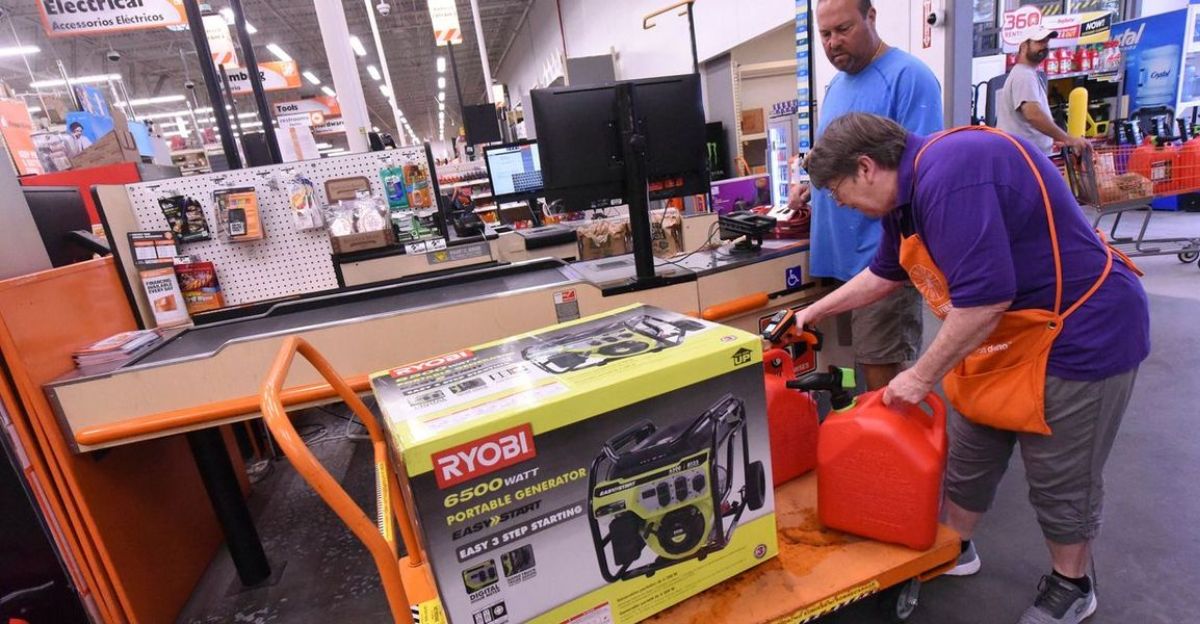
The voices of real customers provide insight into the human impact of these new rules. A Chicago resident lamented, “We were told it was too late to return our new range, even though it was defective.” Another shopper in Houston recounted their experience with staff at Lowe’s, who pointed to the newly imposed 48-hour deadline with no room for discussion.
Online forums are buzzing with similar complaints, particularly from first-time buyers. While employees may want to assist, they often feel constrained by corporate policy, disillusioning customers.
Market Reactions
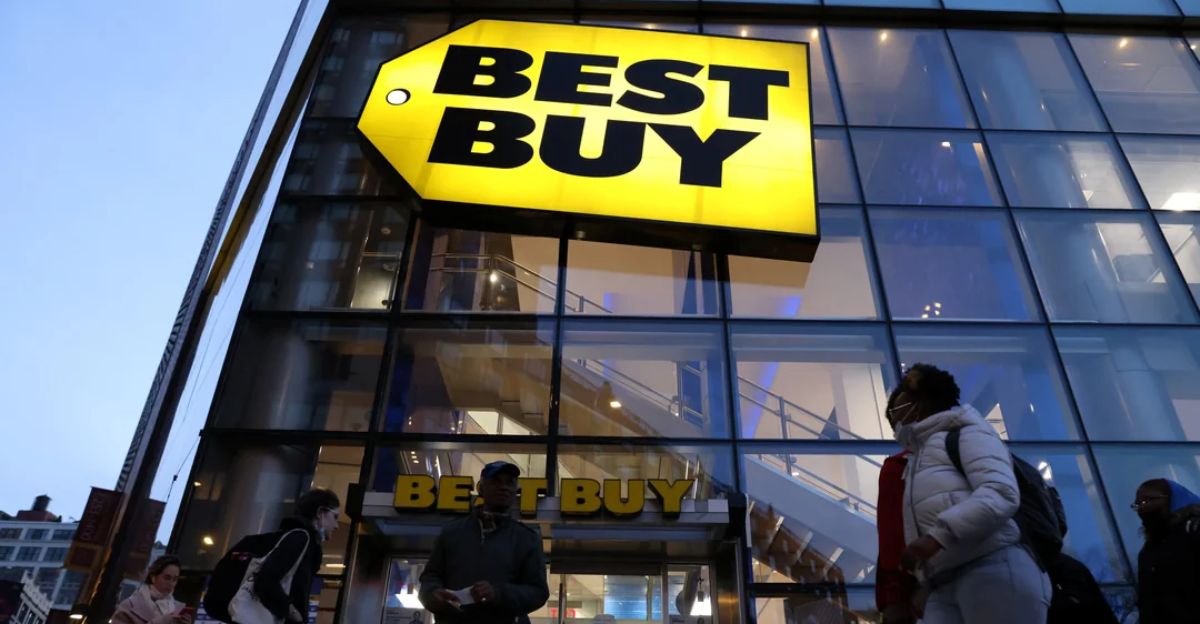
As larger retailers navigate this situation, competitors are watching closely. Best Buy, for instance, still permits a 15-day return period for appliances, with even longer options for elite members, creating an appealing contrast for consumers.
Costco holds onto its 90-day return policy, now the most generous among big-box chains. Independent retailers have reported an influx of shoppers seeking alternatives to the newly stringent policies at Home Depot and Lowe’s, taking advantage of their more lenient return terms.
Shifts in Consumer Behavior

The tightening of return policies may likely result in shifts in consumer loyalty and purchasing behavior. Analysts note that some smaller chains are capitalizing on this trend by marketing their generous return windows, hoping to entice disillusioned customers away from national giants.
As shoppers reevaluate their options, the possibility of loyalty migration grows stronger. The dynamics of appliance shopping are evolving, with an emphasis on flexibility and customer-centric policies gaining importance, ensuring that shoppers feel valued and respected in their choices.
The Numbers Behind Retail Returns
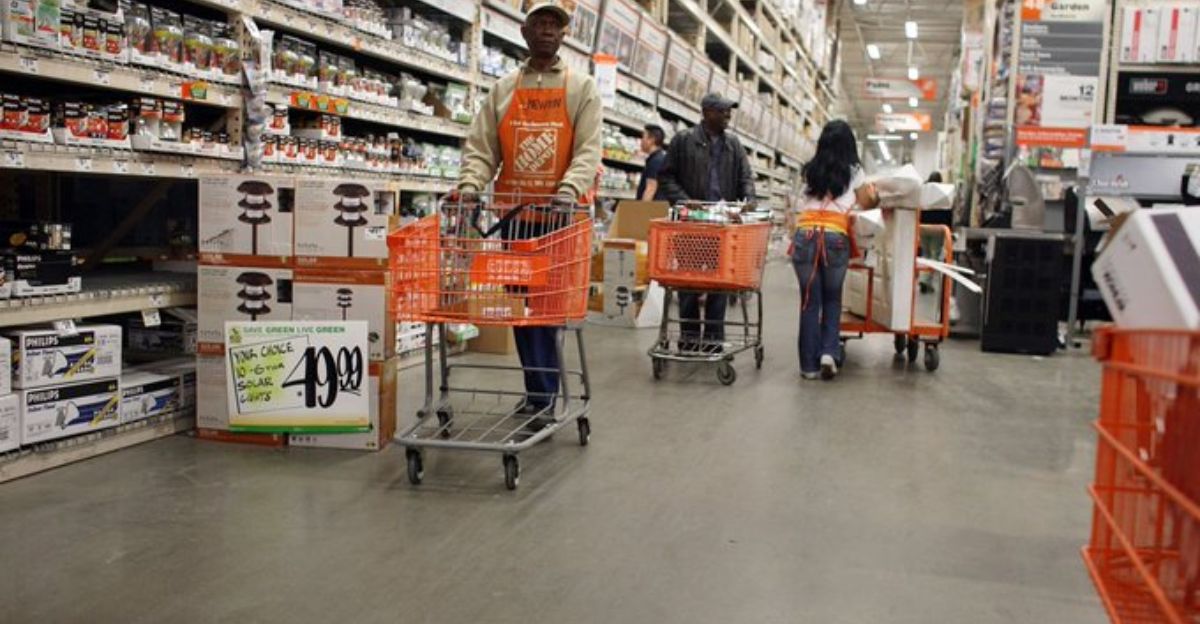
According to a recent National Retail Federation report, returns account for a staggering $166 million in lost revenue for every $1 billion in U.S. retail sales, a figure that has been steadily climbing since 2020.
Big box stores, particularly, report that appliances and electronics are among the costliest categories for returns. Home Depot and Lowe’s’ decision to implement stricter policies is informed by industry research suggesting that shorter return windows lead to fewer losses, reflecting the changing landscape of retail.
Navigating the New Norm

With these unprecedented changes in effect, consumers must adapt to this new retail reality. Savvy shoppers are encouraged to familiarize themselves with the updated policies before making significant purchases, particularly regarding appliances.
Awareness is key, and recognizing that the timeframe for returns has shrunk drastically can empower consumers to make informed decisions. For many, changing their shopping habits could be essential in maintaining a smooth experience when dealing with major household purchases.
Coping Strategies for Shoppers
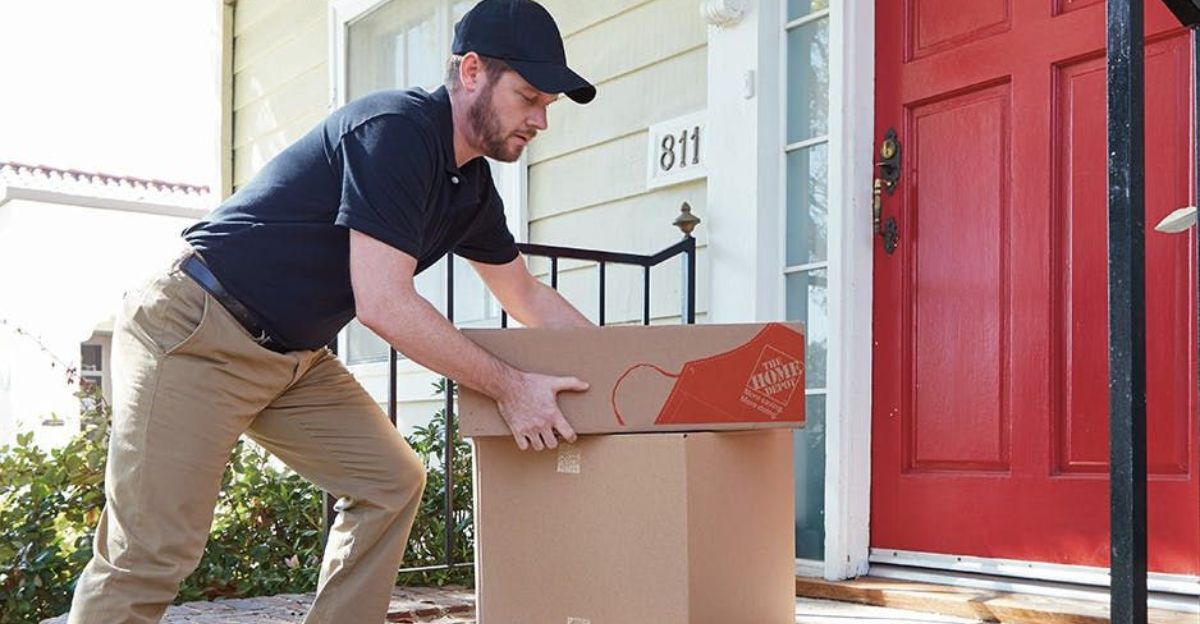
Several strategies can help ease the transition as shoppers navigate this shift. It is crucial to ensure all purchases are thoroughly inspected upon delivery. Taking stock of warranty information, exploring alternative retailers, and asking questions about the return process up front can also mitigate frustration.
For families and individuals planning renovations or appliance upgrades, setting up a clear timeline can help avoid last-minute return issues. By being proactive, customers can minimize the chances of being caught in a bind.
The Bigger Picture of Retail Trends
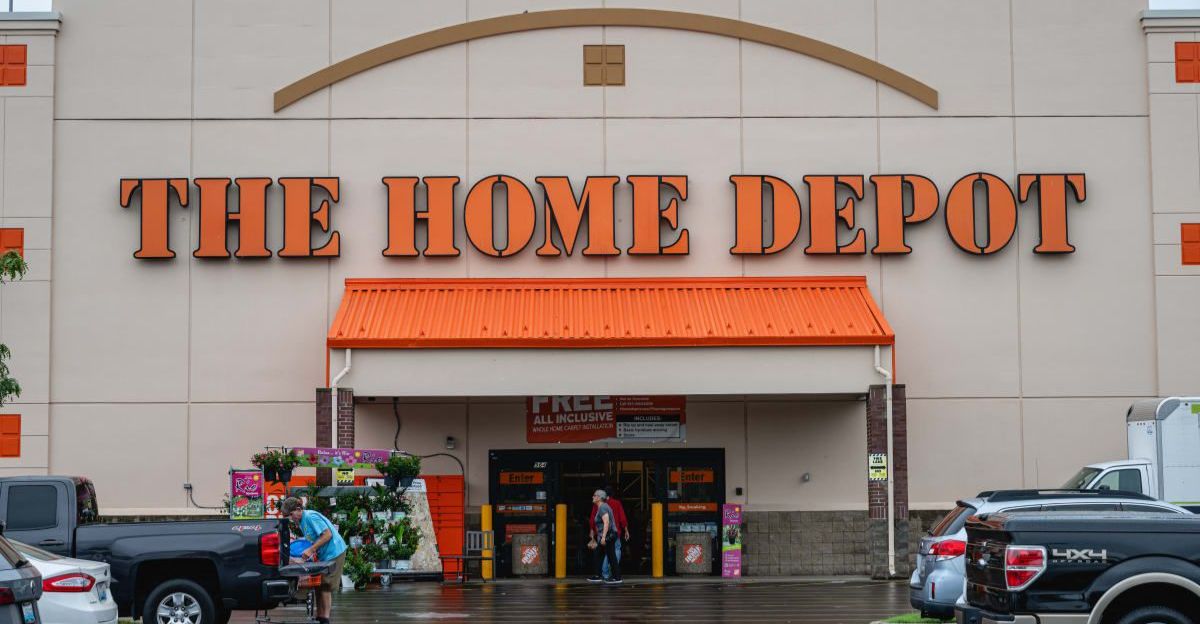
Reflecting on these changes, it’s clear that Home Depot and Lowe’s are not alone in tightening return policies; broader trends in retail indicate a shift towards stricter guidelines across various industries. As consumer behavior evolves and companies work to mitigate losses from returns, it raises critical questions about how future shopping experiences will look.
The balance between accommodating customers and maintaining profitability is delicate, and it will be interesting to see how retailers navigate this terrain in the future.
Concluding Thoughts on Retail Evolution
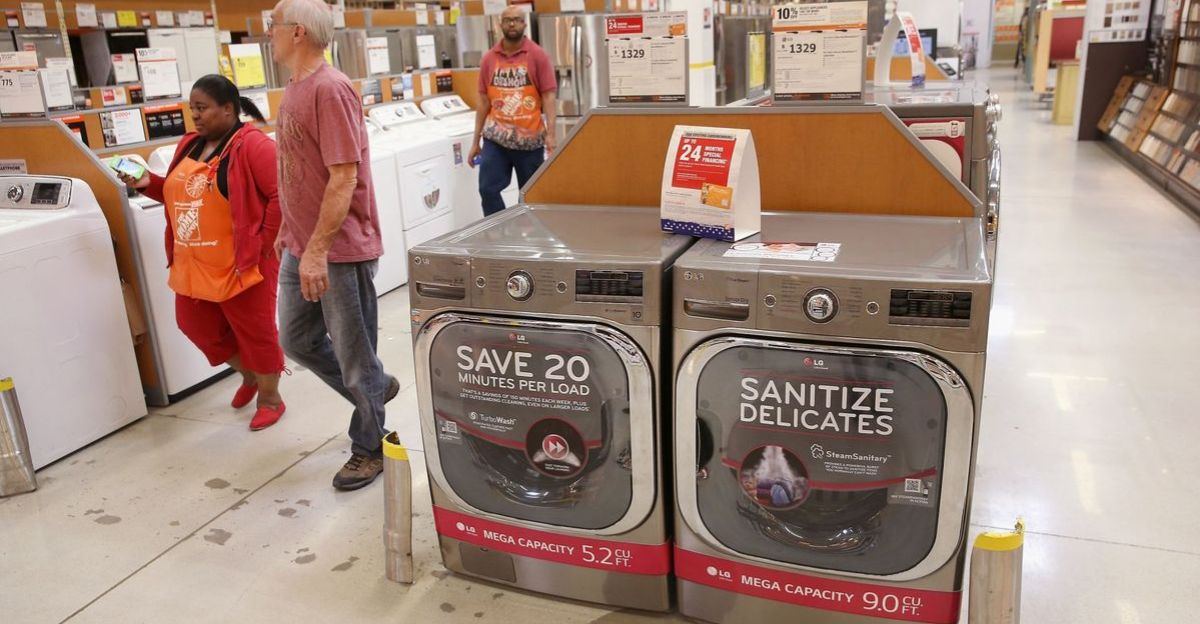
The transition to a 48-hour return policy marks a significant shift in the appliance retail landscape. While it may serve the interests of the retailers, it poses challenges for consumers who are adjusting to tighter limitations.
Understanding these new policies is crucial as more Americans reassess where to purchase home essentials. The evolving nature of retail highlights a fundamental transformation in customer interaction, requiring both consumers and retailers to find common ground amidst changing practices.
Looking Ahead
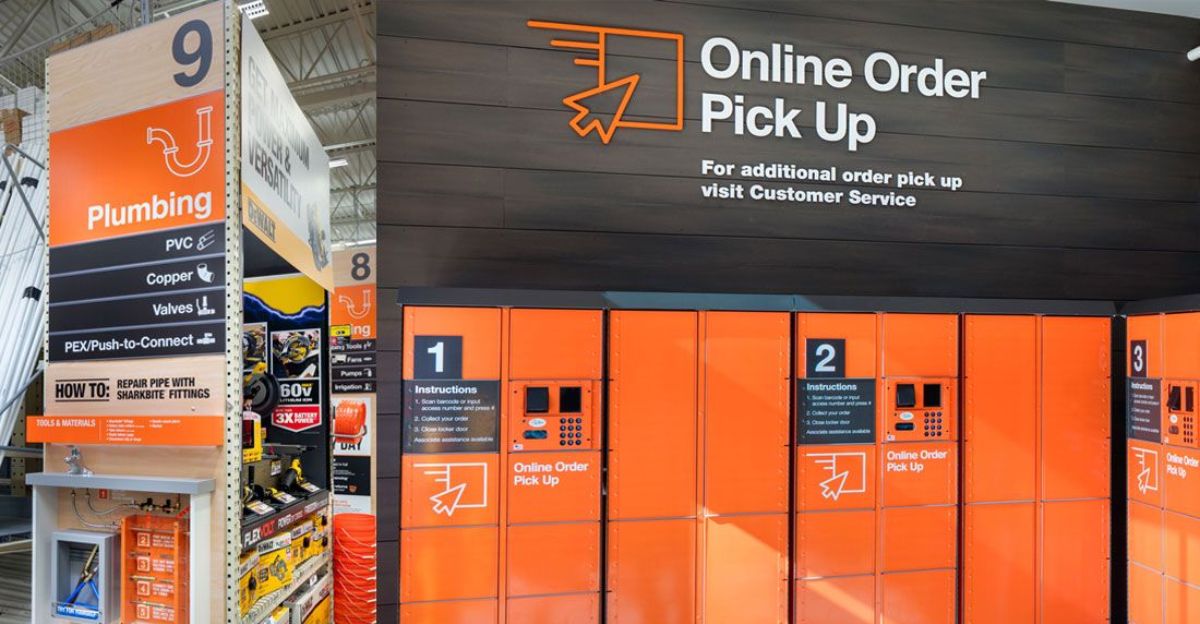
As the dust settles from these changes, the retail industry will continue to evolve. Companies may find fostering transparency, flexibility, and customer satisfaction essential to retain loyalty amid a tightening landscape.
Consumers will undoubtedly adapt but will continue to demand fair policies and respectful treatment. As we move towards the future, it’s clear that the relationship between consumers and retailers will be pivotal to shaping a more accommodating purchasing environment.
